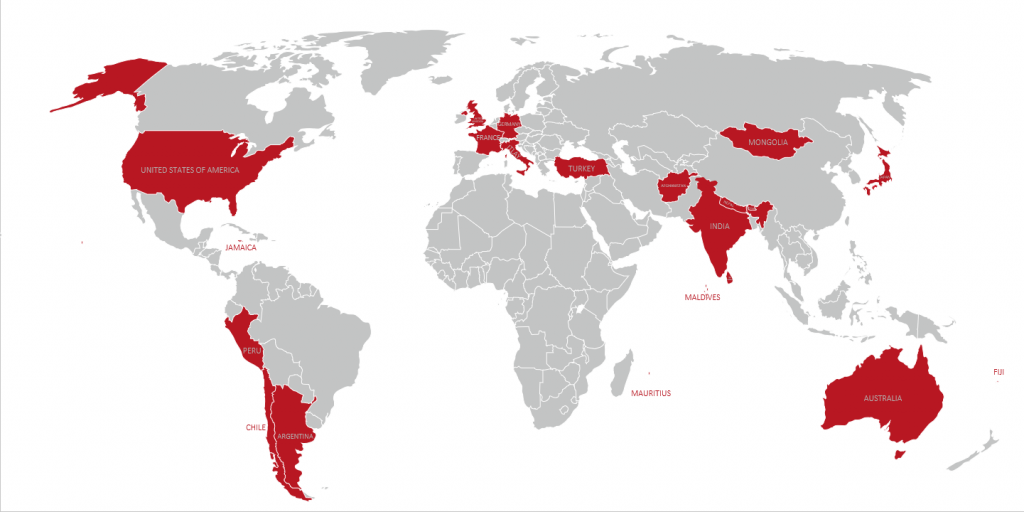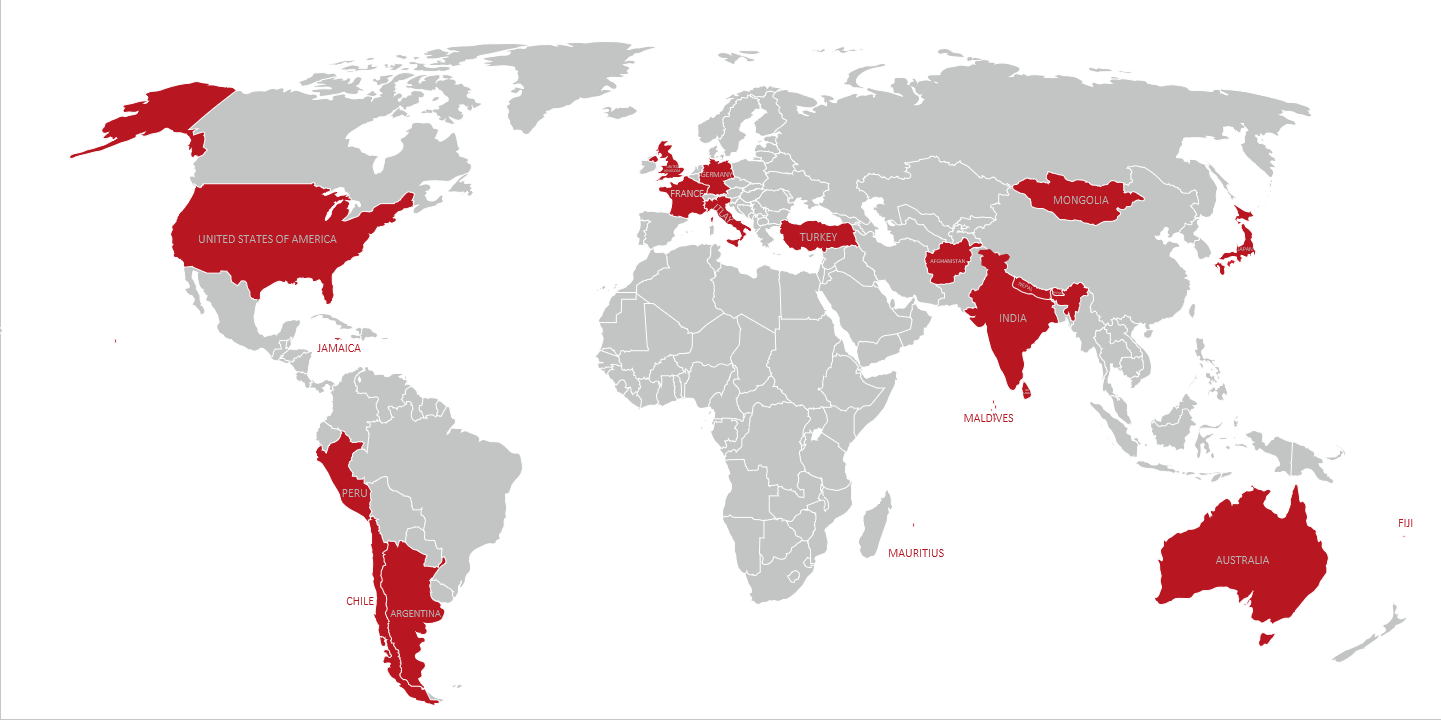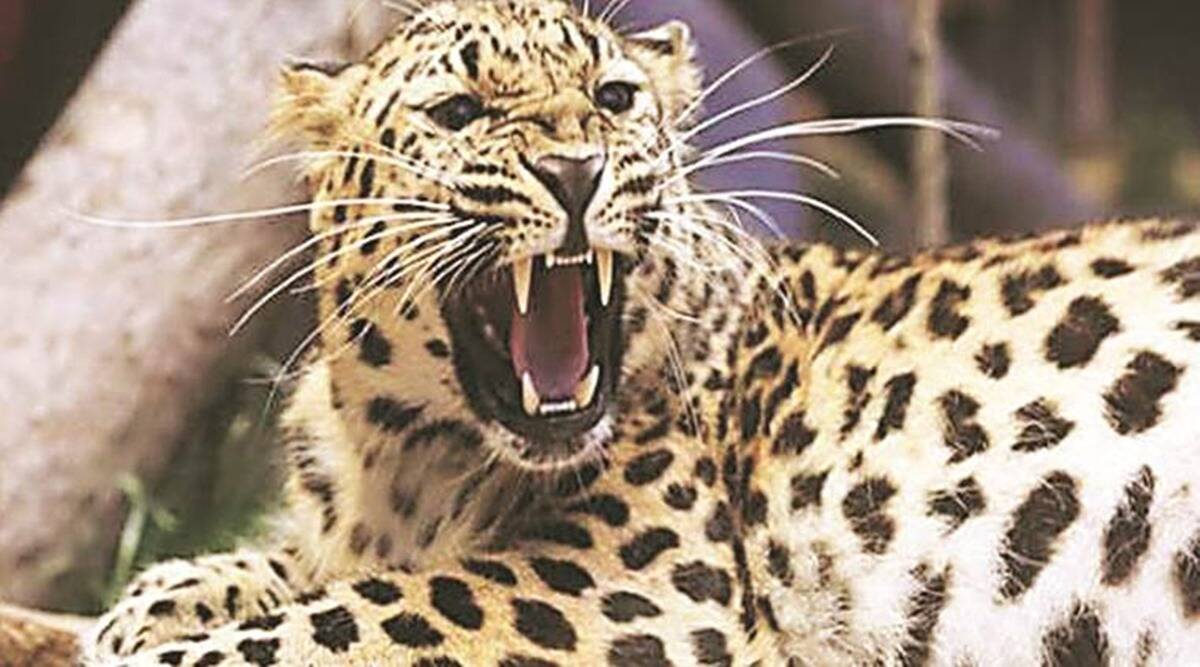
Facts in News |
||
Border Roads Organisation (BRO) |
|
|
Coalition for Disaster Resilient Infrastructure (CDRI) |
(Image Courtesy: CDRI) |
|
Animal Welfare Board of India (AWBI) |
AWBI conferred 14 Prani Mitra awards and JeevDaya awards 2021 to the individuals, organizations and corporates for their outstanding performance in the field of animal welfare.
Composition –
Functions –
|
|
Spatial Mark Resight (SMR) Model
|
About Leopard
Habitats
Threats
|
|
e-Chhawani Portal |
|
|
South African Strain of Covid-19 |
|
|
Previous article
Assam central to the success of Act East policy: S Jaishankar
Next article
India’s First Geothermal Project in Ladakh

